
Liza of Lambeth (1897) was W. Somerset Maugham's first novel, which he wrote while he was a medical student and obstetric clerk at St Thomas's Hospital in Lambeth, then a working-class district of London. It depicts the short life and death of Liza Kemp, an 18-year-old factory worker who lives with her aging mother in the fictional Vere Street off Westminster Bridge Road (real) in Lambeth.
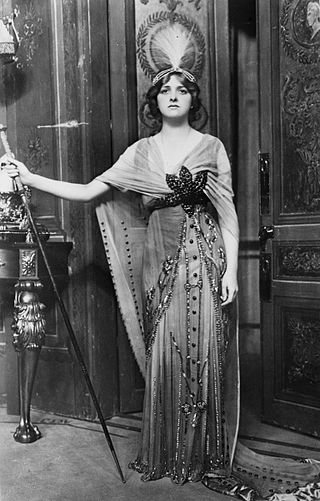
Dame Gladys Constance Cooper, was an English actress, theatrical manager and producer, whose career spanned seven decades on stage, in films and on television.

Ethel Barrymore was an American actress and a member of the Barrymore family of actors. Barrymore was a stage, screen and radio actress whose career spanned six decades, and was regarded as "The First Lady of the American Theatre". She received four nominations for the Academy Award for Best Supporting Actress, winning for None but the Lonely Heart (1944).

Eva Moore was an English actress. Her career on stage and in film spanned six decades, and she was active in the women's suffrage movement. In her 1923 book of reminiscences, Exits and Entrances, she describes approximately ninety of her roles in plays, but she continued to act on stage until 1945. She also acted in more than two dozen films. Her daughter, Jill Esmond, was the first wife of Laurence Olivier.
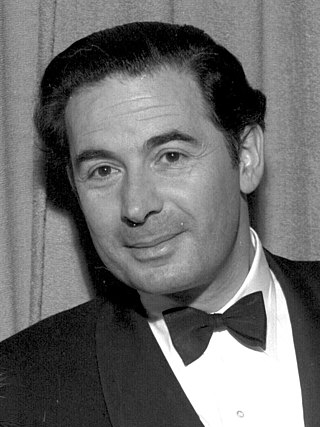
Leopold John Genn was an English actor and barrister. Distinguished by his relaxed charm and smooth, "black velvet" voice, he had a lengthy career in theatre, film, television, and radio; often playing aristocratic or gentlemanly, sophisticate roles.
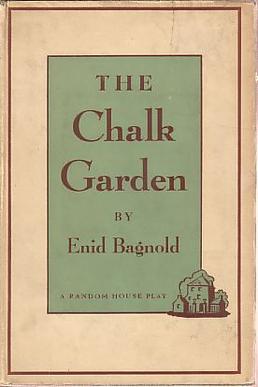
The Chalk Garden is a play by Enid Bagnold that premiered in the US in 1955 and was produced in Britain the following year. It tells the story of the imperious Mrs St Maugham and her granddaughter Laurel, a disturbed child under the care of Miss Madrigal, a governess, whose past life is a mystery that is solved during the action of the play. The work has been revived numerous times internationally, and was adapted for the cinema in 1964.

Constance Collier was an English stage and film actress and acting coach. She wrote hit plays and films with Ivor Novello and she was the first person to be treated with insulin in Europe.

Emily Stevens was a stage and screen actress in Broadway plays in the first three decades of the 20th century and later in silent films.

The Letter is a 1927 play by W. Somerset Maugham, dramatised from a short story that first appeared in his 1926 collection The Casuarina Tree. The story was inspired by the real-life Ethel Proudlock case which involved the wife of the headmaster of Victoria Institution in Kuala Lumpur who was convicted in a murder trial after shooting dead a male friend in April 1911. She was eventually pardoned.

Zena Dare was an English singer and actress who was famous for her performances in Edwardian musical comedy and other musical theatre and comedic plays in the first half of the 20th century.

Dale Fuller was an American actress of the silent era. She appeared in more than 60 films between 1915 and 1935. She is best known for her role as the maid in Foolish Wives.

Death in Ecstasy is a detective novel by Ngaio Marsh, the fourth to feature her series detective, Chief Inspector Roderick Alleyn of Scotland Yard. It was first published in 1936.

Doctor at Large is a 1957 British comedy film directed by Ralph Thomas, the third of the seven films in the Doctor series. It stars Dirk Bogarde, Muriel Pavlow, Donald Sinden and James Robertson Justice. It is based on the 1955 novel of the same title by Richard Gordon.

Lottie Venne was a British comedian, actress and singer of the Victorian and Edwardian eras, who enjoyed a theatre career spanning five decades. Venne began her stage career in musical burlesque before moving into farce and comedy. She appeared in several works by each of F. C. Burnand and W. S. Gilbert and was often in plays with Charles Hawtrey later in her career.
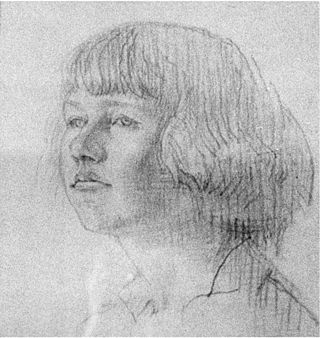
Marda "Scrappy" Vanne was a South African actress who found fame in London.

The Sacred Flame is a 1929 film directed by Archie Mayo, starring Pauline Frederick and Conrad Nagel, and based on a 1928 Broadway play of the same title by Somerset Maugham. It is now considered a lost film. Two years later Warner Brothers remade the film in German The Sacred Flame. In 1935, a second remake The Right to Live, was made, starring Colin Clive and George Brent.
Stella Southern was an Australian actress best known for her performances in the silent films A Girl of the Bush (1921) and The Bushwhackers (1925).

The Right to Live is a 1935 American drama film directed by William Keighley and starring Josephine Hutchinson, George Brent and Colin Clive. The film was shot at Warner Brothers's Burbank Studios, with sets designed by the art director Esdras Hartley.

The Sacred Flame is a lost 1931 American drama film directed by William Dieterle and Berthold Viertel and starring Gustav Fröhlich, Dita Parlo and Hans Heinrich von Twardowski. It was made by Warner Brothers as a German-language remake of the studio's 1929 film The Sacred Flame. It is based upon the 1928 play of the same name by W. Somerset Maugham.
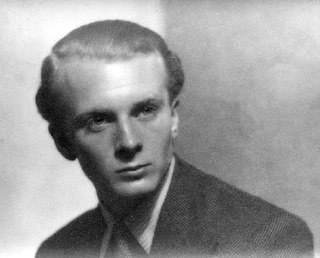
John Rodney Buckmaster was an English actor on the stage, in films and on television, and a cabaret singer-songwriter. He was the son of actress Gladys Cooper (1888–1971) and Captain Herbert Buckmaster (1881–1966). Educated at Eton College, he followed his mother into the acting profession and worked on both sides of the Atlantic.





















